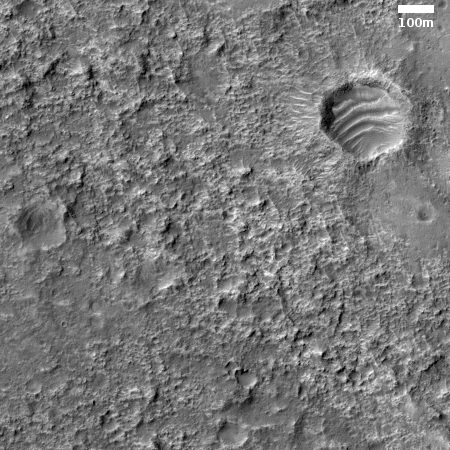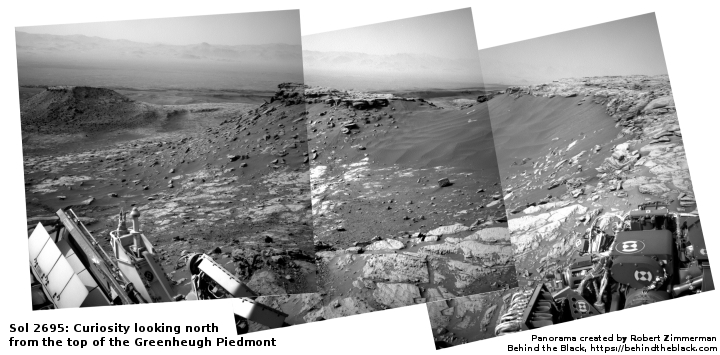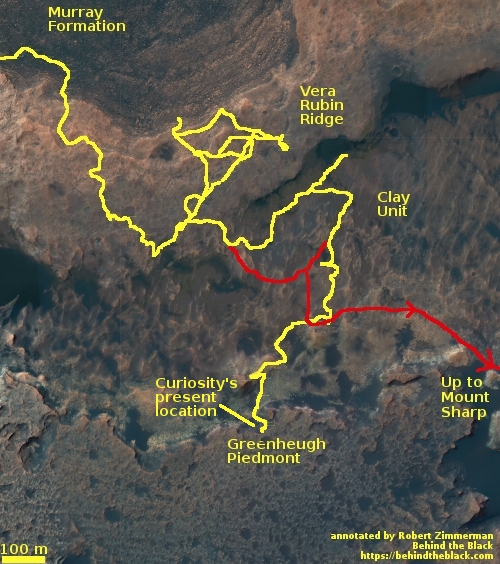Yesterday I got a bit of frustrating and disappointing news. The 51st Lunar and Planetary Science Conference (LPSC-51) to be held in the Houston suburbs beginning on March 15 (to which I was planning to attend) had been canceled due to coronavirus/COVID-19 fears. From the organizers’ email:
We regret to inform you that LPSC 51 will be cancelled due to concerns about COVID-19. This difficult decision has been made after a careful assessment of the risks as determined by the CDC and WHO; consultation with NASA PSD leadership; and consideration of community feedback. We are fully committed to ensuring that our conference attendees remain safe and well.
The organizers had earlier in the week sent out an email stating that they were considering their options because of the epidemic, and would announce a decision on March 6. That they pushed forward the cancellation decision by two days was almost certainly prompted by the revelation yesterday that a case of coronavirus had been confirmed in Houston.
To say this is a disappointment is an understatement. I was very much looking forward to meeting face-to-face many of the planetary scientists I have been corresponding with during the past few years. I was also eagerly anticipating getting an up-front look at the most recent discoveries in the exploration of the solar system, and to pass those discoveries on to my readers.
My disappointment however must pale in comparison to the disappointment of the scientists involved, especially the younger ones trying to establish themselves in the field. They need conferences like this to not only promote their work, but to network and to learn for themselves what others in their field are doing.
What makes this decision more appalling to me is how completely pointless and fear-driven it is. While it makes sense to try to slow the spread of the disease while scientists scramble to understand it and possibly develop a vaccine, it also makes no sense to stop living and to cease all effort out of mindless fear and ignorant panic.
And what we have today is the latter. This planetary conference was not the only one cancelled this week. On March 2 the American Physical Society panicked and cancelled its only annual convention, only 36 hours before it was about to begin, out of a fear that a gathering of 11,000 scientists from all over the world would help spread the disease.
This decision was absurd, however, as a large bulk of the conference’s attendees had already arrived. The cancellation thus accomplished practically nothing to stop coronavirus, while succeeding ably in stymying the spread of knowledge.
The simple fact is that though COVID-19 is a concern and must not be ignored, it is hardly the worldwide crisis being touted by our mindless press, odious politicians, and largely politically correct intellectual community.
A rational look at the facts give a bit of context that deflates the balloon of this madness. Several facts, both good and bad:
» Read more









